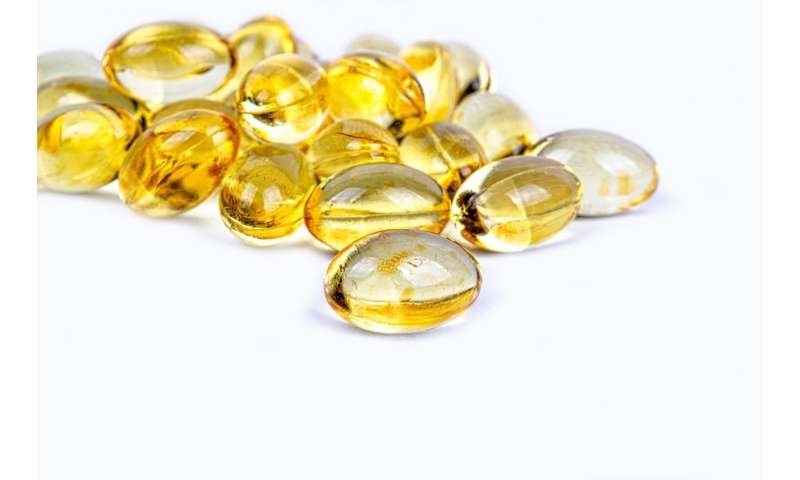
Vitamin D deficiency in middle childhood could result in aggressive behavior as well as anxious and depressive moods during adolescence, according to a new University of Michigan study of school children in Bogotá, Colombia.
Children with blood vitamin D levels suggestive of deficiency were almost twice as likely to develop externalizing behavior problems—aggressive and rule breaking behaviors—as reported by their parents, compared with children who had higher levels of the vitamin.
Also, low levels of the protein that transports vitamin D in blood were related to more self-reported aggressive behavior and anxious/depressed symptoms. The associations were independent of child, parental and household characteristics.
“Children who have vitamin D deficiency during their elementary school years appear to have higher scores on tests that measure behavior problems when they reach adolescence,” said Eduardo Villamor, professor of epidemiology at the U-M School of Public Health and senior author of the study appearing in the Journal of Nutrition.
Villamor said vitamin D deficiency has been associated with other mental health problems in adulthood, including depression and schizophrenia, and some studies have focused on the effect of vitamin D status during pregnancy and childhood. However, few studies have extended into adolescence, the stage when behavior problems may first appear and become serious conditions.
In 2006, Villamor’s team recruited 3,202 children aged 5-12 years into a cohort study in Bogotá, Colombia, through a random selection from primary public schools. The investigators obtained information on the children’s daily habits, maternal education level, weight and height, as well as the household’s food insecurity and socioeconomic status. Researchers also took blood samples.
After about six years, when the children were 11-18 years old, the investigators conducted in-person follow-up interviews in a random group of one-third of the participants, assessing the children’s behavior through questionnaires that were administered to the children themselves and their parents. The vitamin D analyses included 273 of those participants.
Source: Read Full Article





